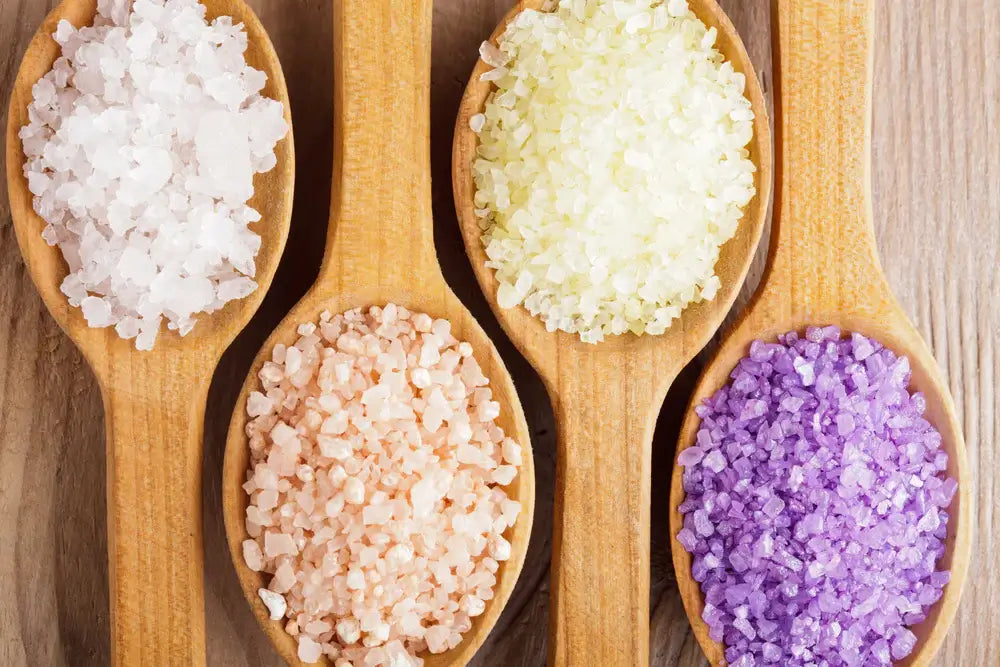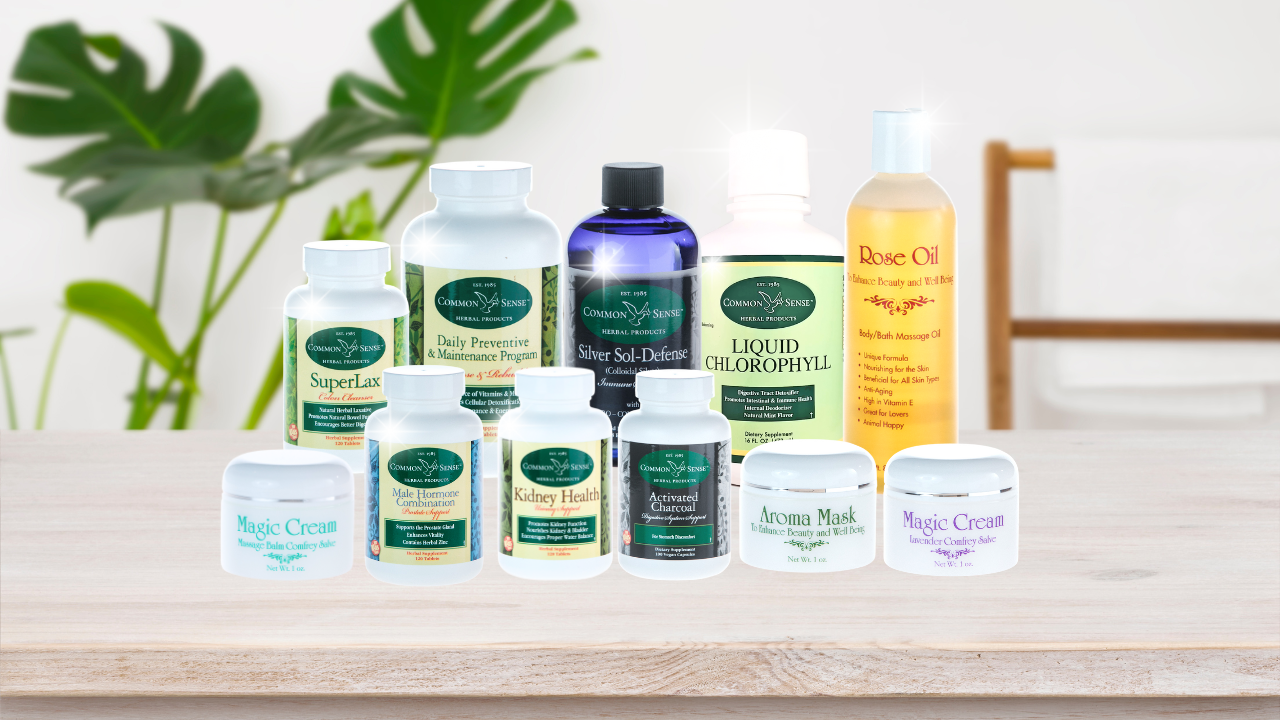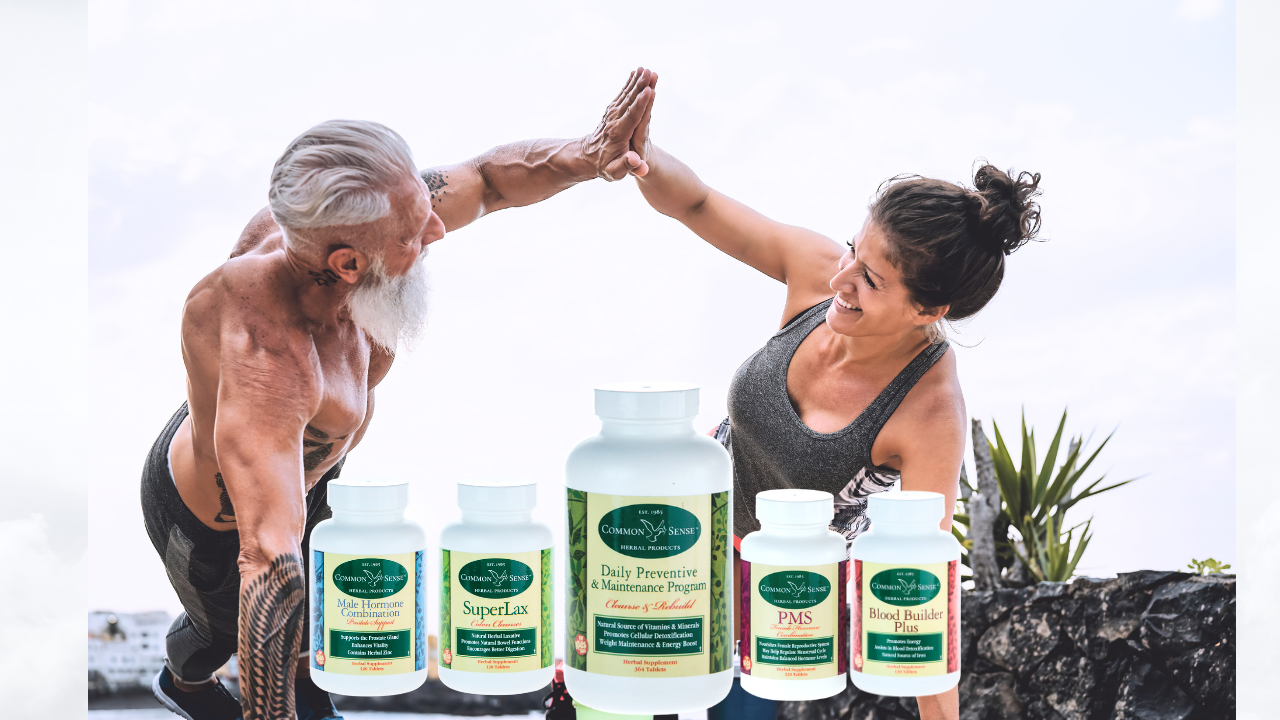
Salt, also known as sodium chloride, might be one of the most controversial food items in discussions between conventional diet proponents and natural health advisors. As an electrolyte, it is essential for proper hydration of the body and homeostasis, but the recommended amount and type varies amongst dietitians and health experts. It helps to understand the different varieties, and specifically the benefits of including quality sea salt in your diet.
Misconceptions About Sodium Chloride
The biggest misconception about this mineral compound is that it increases a person's risk for hypertension (high blood pressure) and heart disease. While lower sodium intake does have a, quite minor, short-term effect of lowering blood pressure, it is not the sole contributor to hypertension and therefore should not be treated as the only treatment. Recent studies have even shown that low sodium intake can actually increase a person's risk for hypertension in the long run. Additionally, many people believe that all available salt is the same. Sodium chloride is the base for all varieties, but there is a difference in the levels of additional minerals depending on how refined the final product is. Different regions and processing techniques can also affect the size, shape, moisture content, and color of the grains.
What Is the Difference Between Unrefined and Refined Salt?
The unrefined product is harvested from mines, like the Himalayan pink variety, or from evaporated ocean water. It is not processed in any way and nothing is added, so the end product can retain over 50 trace minerals. The unrefined varieties will also keep their natural shape, color, and flavor. The refined product is also harvested from mines or evaporated ocean water, but it is then processed using sulfuric acid and/or chlorine to remove impurities (such as vital trace minerals) and create a uniform size and color. Most of the time, anti-caking agents, free-flowing agents, and iodide are added to the final product. Surprisingly, sugar is also added to iodized sodium chloride as a way to stabilize the iodide.
Sea Salt - A Healthier Alternative
Varieties harvested from the ocean and left unrefined are a healthier alternative to processed table varieties because they contain naturally occurring minerals and no additional ingredients. These are harvested from around the world using the same basic technique. In hot, dry conditions, water molecules are evaporated out of ocean water and the remaining sodium chloride crystals are collected. This naturally occurring mineral compound contains more sulfur, magnesium, potassium, and calcium than salt mined from ancient deposits. For those monitoring their sodium intake, it also contains less sodium overall compared to the refined variety due to the presence of the additional minerals. Due to worldwide ocean pollution, the highest quality producers only collect their products from clean waterways and have their products tested for trace contaminants by a third party.
Different Types of Sea Salt
Any region with access to ocean water can their own type, but there are a few well-known varieties that are easier to find in stores:
Celtic
The Celtic variety is harvested from tidal pools, typically on the coast of France. The large, heavy grains sink to the bottom and are then raked out of the pools. Since the particles settle on the bottom, the final product has a grey tint and a light flavor of brine.
Hawaiian Black Lava
The Hawaiian black lava variety is collected from the volcanic islands of Hawaii and activated charcoal is mixed in to create the deep black color. The grains are coarse and make a nice finishing product for food.
Alaea (Hawaiian Red)
The Alaea variety is mixed with iron-rich volcanic clay that contains 80 different minerals. It has been used for centuries in traditional ceremonies for cleaning and blessing tools. Many traditional Hawaiian dishes, such as poke and pipikaula, use the Alaea variety in their recipes.
Fluer de Sel
Fluer de Sel, the “caviar of sea salt,” is collected from tidal pools in Brittany, France. On dry, sunny days, thin crystals are collected from the surface of the pools utilizing a traditional wooden rake. Due to the labor-intensive collection process, fluer de sel is one of the most expensive varieties in the world, costing $80 for five pounds.
Specialty
Many regions have their own special varieties, such as Maldon or Dead Sea. There are also different preparation techniques that add flavor. Smoked varieties are infused with wood smoke for two weeks to add flavor. In Korea, jukyeom is created by roasting the unrefined mineral in bamboo to add flavor and nutrients.
Minerals Found in Sea Salt
Sodium and Chloride
The basic compound is sodium and chloride, two essential minerals. Chloride helps with nerve and muscle function, as well as nutrient absorption. Sodium contributes to short-term changes in blood pressure and blood volume.
Magnesium
Magnesium is necessary for energy production and the creation of DNA and RNA. Many people use magnesium supplements to help minimize inflammation and relax the body.
Calcium
Most people know that calcium is essential for strong bones and teeth, but it also helps the body to maintain a regular heartbeat and proper nerve function.
Potassium
Potassium helps regulate acid levels in the body. You might have heard that potassium will minimize lactic acid build-up during and after intense exercise.
Sulfur
Sulfur is a non-essential mineral but it aids the immune system and helps detoxify the body. It is a critical structure for two amino acids, methionine and cysteine.
Iodine Deficiency
In the 1920s, the United States began iodizing sodium chloride to prevent thyroid-related health conditions. However, iodide is naturally occurring in food products from the ocean, such as seafood, kelp, and seaweed. It is also found in most soils and therefore, in many fruits and vegetables. Our herbal combination, “HPC-12” is rich in natural iodine from kelp but, eating a balanced diet can help you meet your recommended iodine needs. Switching to unrefined sodium chloride, collected from pure ocean water, is an easy step towards a healthier, more natural life. To continue your health journey, let the herb specialists at Common Sense™ Products suggest which of their wellness plans is best suited for your lifestyle and goals.







